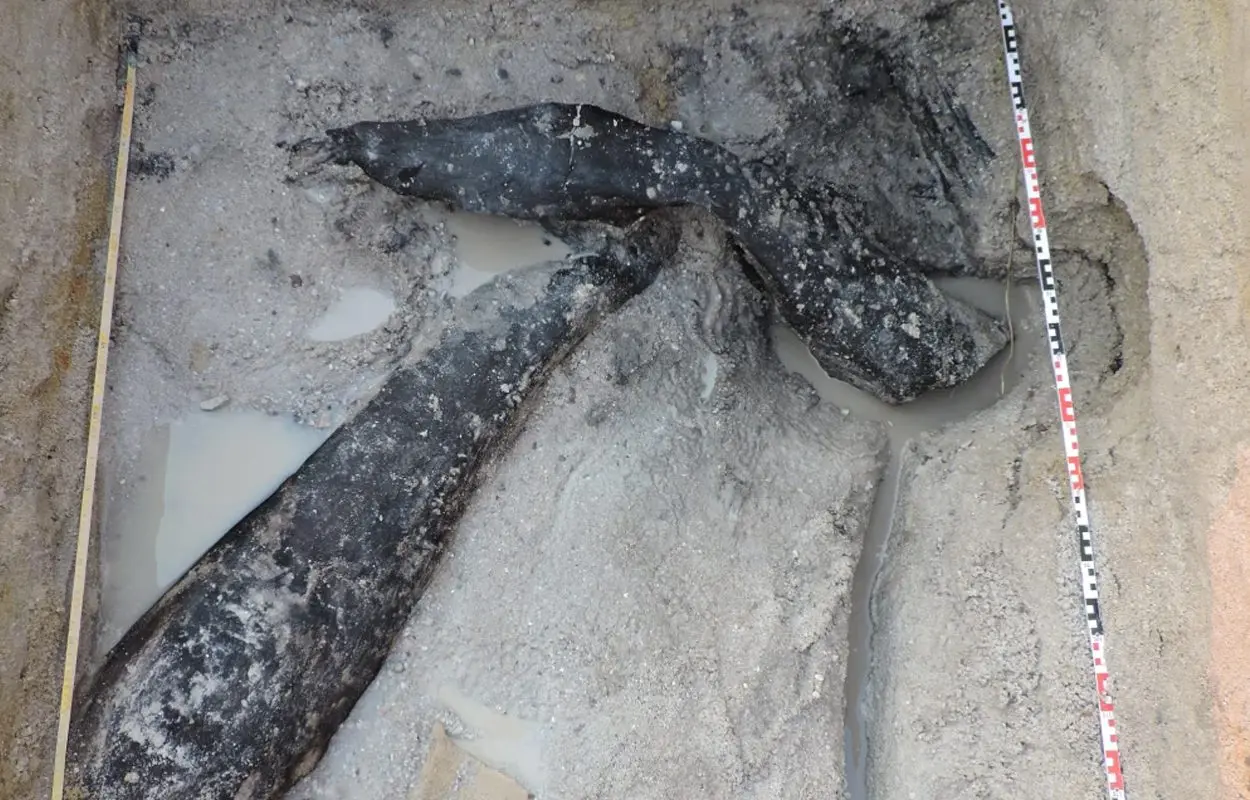Archaeologists from the University of Liverpool and Aberystwyth University have discovered a wooden structure dating from at least 476,000-years-ago, the earliest known example to date.
According to a study published in the journal Nature, the discovery has no other construction parallels from the African or Eurasian Palaeolithic and predates our own species, Home Sapiens.
This research forms part of the pioneering ‘Deep Roots of Humanity’ project, an investigation into how human technology developed in the Stone Age.
The team discovered a possible timber platform, evidenced by two interlocking logs joined transversely by a cut nut notch at the Kalambo Falls archaeological site in Zambia.
An analysis of the timbers show evidence of cut-marks made with stone tools, revealing that early humans could shape and craft logs for a deliberate function, rather than being limited to just adapting sticks for weapons and digging. This not only extends the age range of woodworking in Africa, but expands the understanding of the technical cognition of early hominin.
Professor Larry Barham, from the University of Liverpool, said: “This find has changed how I think about our early ancestors. Forget the label ‘Stone Age,’ look at what these people were doing: they made something new, and large, from wood. They used their intelligence, imagination, and skills to create something they’d never seen before, something that had never previously existed.”
Also discovered are four wood tools, including a wedge, digging stick, cut log and a notched branch, showing an early diversity of forms and the capacity to shape tree trunks into large combined structures.
“Kalambo Falls is an extraordinary site and a major heritage asset for Zambia. The Deep Roots team is looking forward to more exciting discoveries emerging from its waterlogged sands,” added Professor Barham.
https://doi.org/10.1038/s41586-023-06557-9
Header Image Credit : Nature





